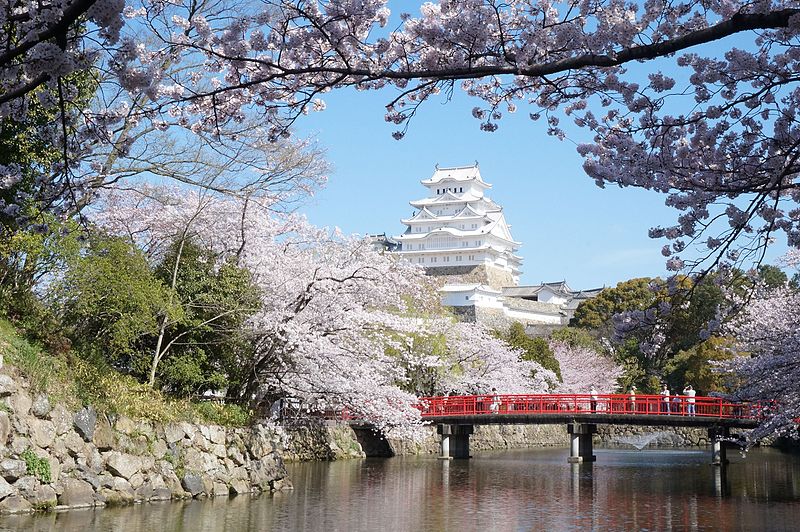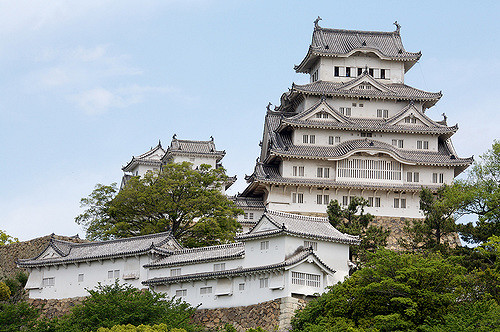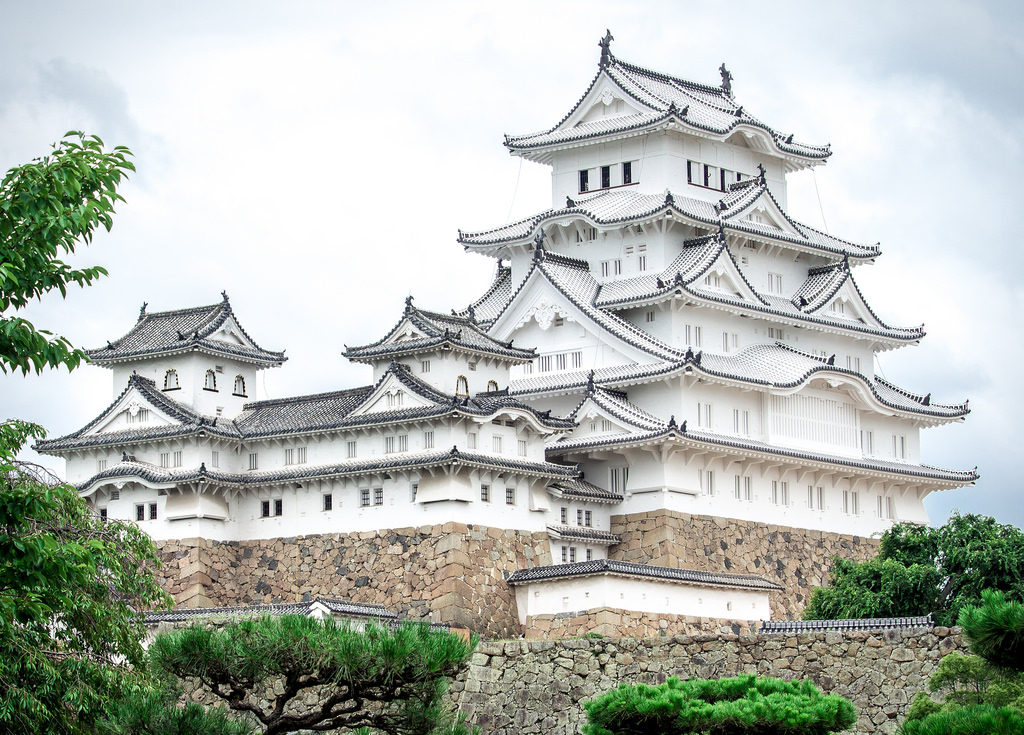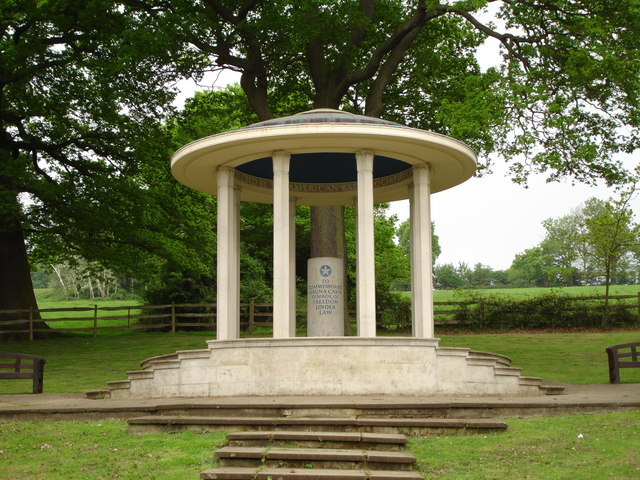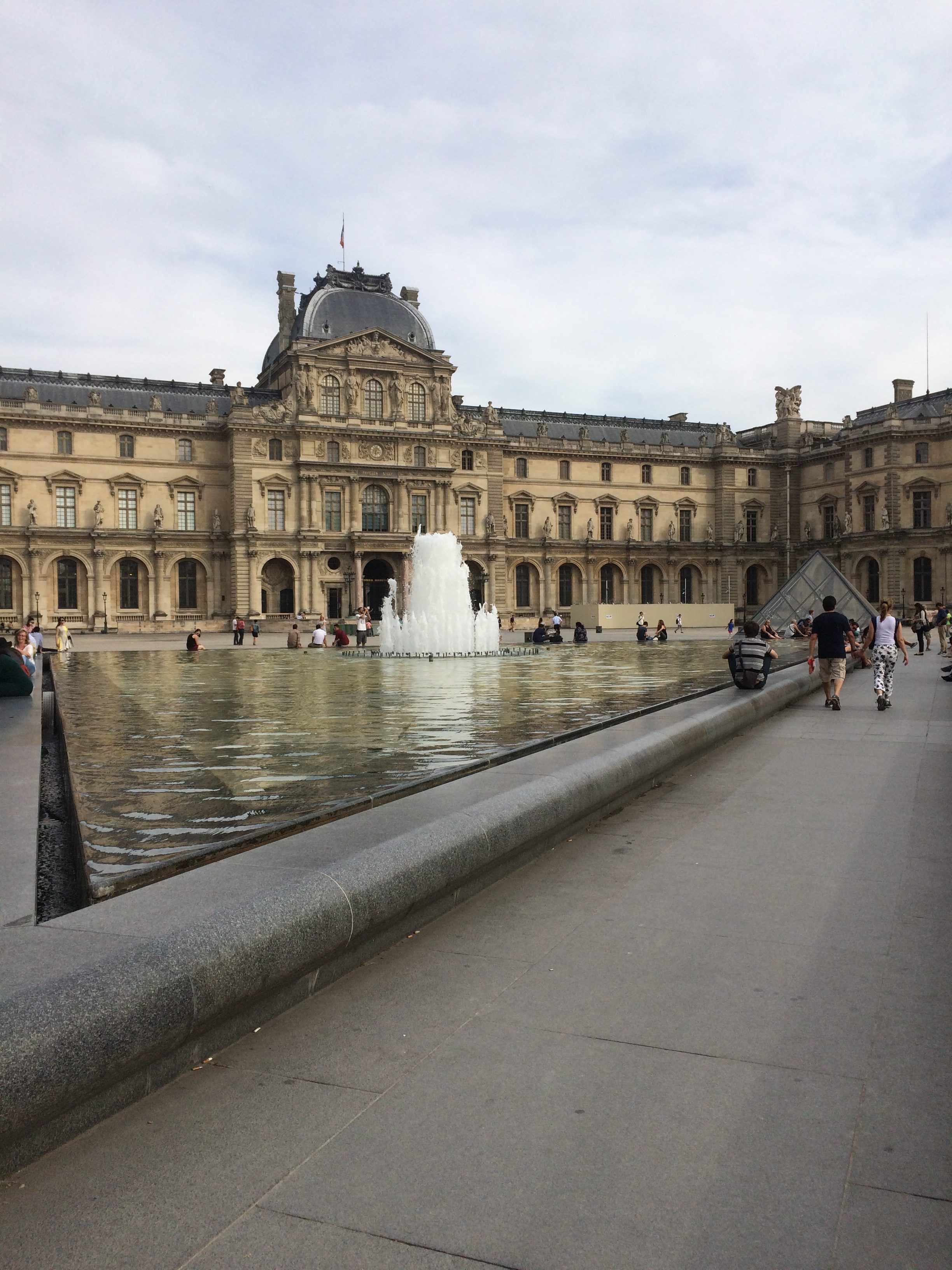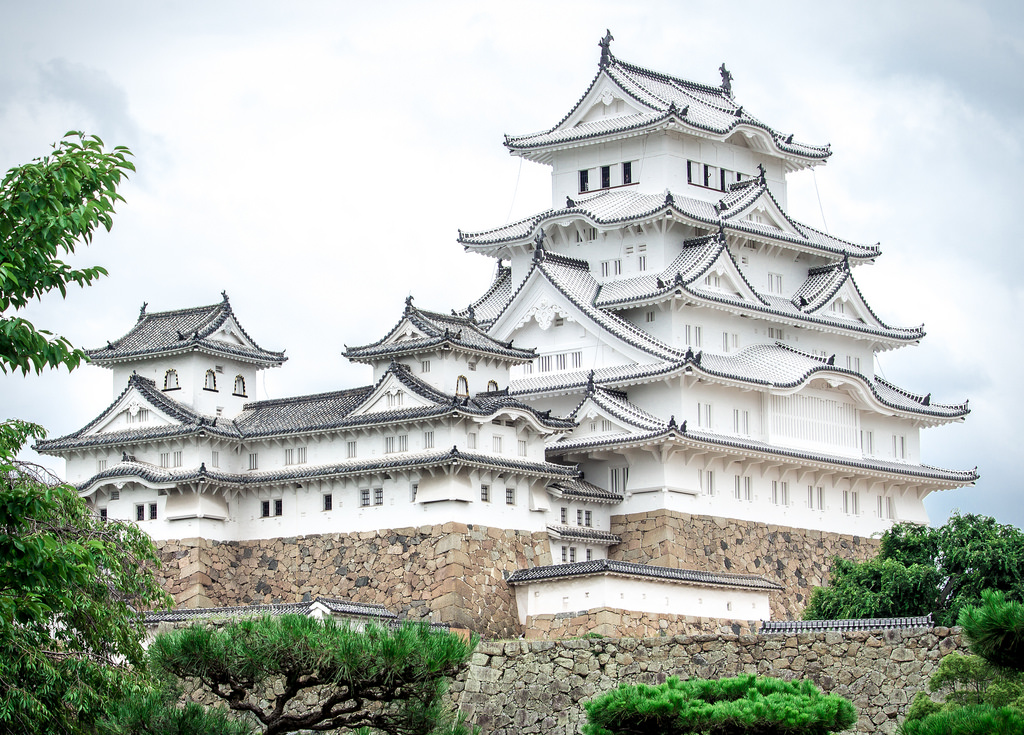
Japan’s Earthquake Resistant Himeji Castle
Japan’s Earthquake Resistant Himeji Castle
The Himeji Castle in Japan has never collapsed by natural or man made disasters in its 400 year long history
Pinkish white cherry blossoms, beautiful gardens, tea ceremonies, Kimonos and a great culture: that’s what we can summarise Japan as. We look at it as a country with rich culture yet a strong work ethic and tech savvy youngsters. This tiny nation has garnered for itself a respect for their sanitation and hygiene.
Yet Japan is also home to many havoc creating, devastating earthquakes.
How does it survive the after effects of earthquakes and continue to develop?
This is a unique country in itself. A country which has unfortunately destroyed a few of its castles and rebuilt new buildings. Other castles have collapsed due to wars, or the wrath of nature.
There are just three important and original castles that still exist to this day that exemplify old Japanese architecture. Out of these three is Himeji Castle (Himeji-Jo), or as some people call it the White Heron Castle.
Picture Credits: Seattleite7 (Wikipedia Commons)
The Himeji Castle can be called as the King of all Japanese Castles simply because it is the largest and the most famous of them all. During my research, a few people have listed this castle as a part of the 7 Wonders of Japan!
What makes this castle so famous?
It’s almost shocking. The Himeji Castle is more than 400 years old and has never, I mean never, succumbed to earthquakes, even the most dangerous ones.
This remarkable castle was ideally a fort built around 1333 AD. A few centuries later in 1601, Tokugawa Leyasu who united Japan, gave orders to build a castle at the sight of the fort.
This castle was supposed to be impregnable.
A series of small interconnecting maze surrounded the castle. They all seem to be leading up to the tall wooden Keep (Tenshu) but ended up as a dead end.
This tactic confused the enemy and gave enough time to the soldiers on the castle walls to pelt the enemy with boiling water.
Fortunately these defence techniques never had to be tested since Himeji never saw a battle.
In case the enemy surpassed this obstacle, they had to save themselves from the arrows, bullets that the archers and snippers would shoot from the small incisions on the castle walls. These slits were called loopholes.
———————-
If you like reading about Japan’s Earthquake Resistant Himeji Castle
You would also like to read about the unconquerable Daulatabad Fort in India. (Read about it here)
———————–
The architecture of this castle is also something to marvel at. The Himeji Castle complex consists of 83 buildings, all part of the World Heritage Site.
These 83 buildings are made from wood, fireproof plaster, hip and gable walls.
They are further surrounded by moats, baileys, towers and walled alleyways not to mention a beautiful garden.
The interior is a stark contrast to this beautifully embellished exterior. The rooms are a little dark, with plain simple wooden flooring.
There are also a few people who point out that the wooden structure is rather uneven and crude looking.
Apparently this is a notion of wabi-sabi, meaning imperfection. It was new to me to know that Japan values imperfection and frowns down on perfection!
The most inspirational information to know about this monumental castle is that 10,000 local people worked to built Himeji Castle. It was a way to pay their Income Tax in those days. They worked tirelessly and built this castle in less than a decade.
Picture Credits: Sam Doshi (via Flickr)
Earthquake Resistent?
Oh no, the Himeji Castle isn’t just earthquake proof but also resistant to US B-29 Bombers during the World War.
So naturally I wondered: How has this castle survived?
Unfortunately there aren’t any answers I could find on the internet. If you know the answer or a plausible one at the least please comment below.
However there was one writer who attributed its earthquake resistance ability to the wooden built and the granite base. The writer said that the wooden skeleton of this structure acts as a seismic tuning fork. This makes the castle sway along with the earthquake and not collapse into rubble.
New Technology
Despite Himeji withstanding some harsh earthquakes across this span of centuries, it has to be restored and maintained. It is after all old.
In the late 1900s, the Himeji Castle was completely restored. They had dismantled the 80,000 plus tiles, cleaned them, reworked the plaster, added a steel plate to the pillars to make them stronger if at all a calamity does strike.
In 2005, the castle was deemed to be strong. Just four years later, UNESCO had some doubts about its ability to withstand earthquakes and asked for restoration.
From 2009 till 2015, Himeji Castle disappeared under scaffoldings but was open to visitors.
They had to work under some strict rules of the UNESCO World Heritage Site.
So they used 400 year old techniques and where it was impossible to do so, some new ones.
Picture Credits: Albert (via Flickr)
This restoration used old Japanese techniques that probably might have been used in the original castle building.
But they also added in special steel plates to hold the castle in place.
Today Himeji Castle is back, stronger than ever, welcoming tourists everyday and embracing the technology of apps to uncover whats hidden behind its walls.
Japan has a lot of scenery and culture to explore. Himeji Castle is of course a site you must visit when in Japan.
Have you been to Japan? Would you like to visit this country? Comment below.
If you liked reading ‘Japan’s Earthquake Resistant Himeji Castle’ Share it with your friends using the social media icons below this post:) It would help me reach the audience that loves such unknown history





